Don Cherry - Live In Stockholm (2013)
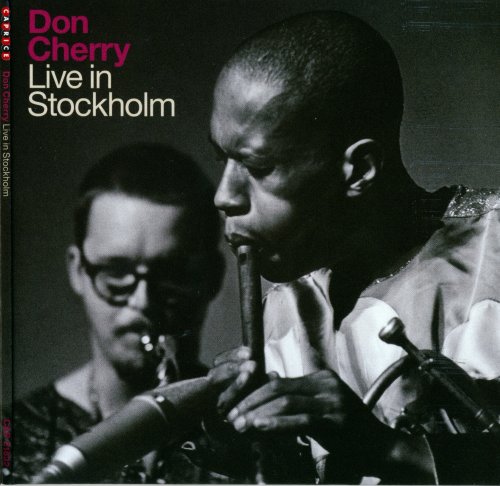
Artist: Don Cherry
Title: Live In Stockholm
Year Of Release: 1968, 1971 [2013]
Label: Caprice Records [CAP 21832]
Genre: Jazz
Quality: FLAC (*tracks + .cue, log, scans)
Total Time: 01:17:17
Total Size: 502 mb (+3%rec.)
WebSite: Album Preview
Trumpeter and world-music pioneer Don Cherry had a very special relationship with Sweden, a place he called home for twenty years. And Sweden had a special relationship with Cherry: the country and its musicians recognized the master in their midst, and in 1972 the state-subsidized record company Caprice put out the double album Organic Music Society (which they reissued in 2012). Now with Live in Stockholm, Caprice has gone into its vaults and pulled out three stunning long-form songs from the same era. Beautifully packaged with crisp black-and-white photos and informative liner notes in English, this release offers a full-bodied experience of Cherry's activities during this fruitful period of his musical journey.Title: Live In Stockholm
Year Of Release: 1968, 1971 [2013]
Label: Caprice Records [CAP 21832]
Genre: Jazz
Quality: FLAC (*tracks + .cue, log, scans)
Total Time: 01:17:17
Total Size: 502 mb (+3%rec.)
WebSite: Album Preview
The first two tunes—"ABF Suite, Part 1" and "ABF Suite, Part 2"—have their origin in the ensemble Cherry created while teaching a weekly course at The Workers' Educational Association (Arbetarnas Bildningsförbund, or ABF). But this was no ordinary class: his students included the great Swedish tenor saxophonist Bernt Rosengren and members of his quartet, namely fellow tenorist Tommy Koverhult, bassist Torbjorn Hultcrantz, and drummer Leif Wennerström. Another participant was the renowned Turkish trumpeter Maffy Falay, who like Cherry moved to Sweden in the mid-sixties and worked closely with Swedish jazz musicians. In describing the feeling of this ensemble, Rosengren says, "[Don Cherry] came with a new openness. One should not be afraid to break patterns and forms. He came with a completely new way of thinking, we should 'un-learn' everything we knew and start again from scratch, and not worry about mistakes . . . It was a very free and experimental period and we had a lot of fun."
By this point in his career, Cherry had left behind many of the familiar parameters of jazz. For Cherry, a song was not a group of musicians taking solos based on one melody: a song was a fluid entity created on-the-spot, as the ensemble did at the ABF concert. He had also abandoned the "one person, one instrument" norm; he no longer thought of himself solely as a trumpet player, and on this release he is also credited with flutes, piano, percussion, and vocals. Similarly Falay, Rosengren, and Koverhult are also credited with flutes and percussion in addition to their main instruments. Nor was a concert visually static—in collaboration with his wife, visual artist Moki Cherry, Cherry turned the ABF concert into a multimedia happening with elaborate staging, including wafting incense and a background of screens and projections of paintings by Moki.
The festive quality of the concert is reflected in a review by the Swedish newspaper Dagens Nyheter, which proclaimed: "Welcome to Don Cherry's candy store of music! What richness, colors, generosity!" A candy store is a good way to think of these two pieces, which offer a luscious 49 minutes of music. There's a myriad of flavors and sensations, a dancing flow of energy as the stream of ideas and sounds unfold. Different players with different instruments take center stage, following an organic, internal logic specific to this performance. Distinct melodies emerge, but just in slices, which are then fused together, or taken apart, or cheerfully turned inside out. Various motifs arise, perhaps to be picked up by the other musicians, who might then approach things sideways or backward. The dynamics are also up for grabs, a wild thrust of energy suddenly or gradually dropping off into a quieter space, until eventually the silence explodes into a torrent of sound. The mood is a similarly shape-shifting creature, moving from calm to stately to frantic to joyful, and many other hues besides.
Part of the pleasure of this music is that one never knows what's coming next: singing, percussive accents, empty space, flutes like birds, snaking sax lines, even a majestic interlude that conjures up Miles Davis's Sketches of Spain. And it's not always possible to know who's playing what, but in an ensemble like this where energies merge and no one is top dog, individual voices are not the main point. This combination of American, Swedish, and Turkish musicians is an international incident in the best sense of the term: it's a joyful joining of diverse musical worlds and cultures, showing how they can combine into something unified and exciting. The entire concert is fueled by a propulsive, wild-hearted energy that's consistently compelling, offering an excellent example of the fine art of group improvisation.
The third piece comes from a concert that Cherry gave at Stockholm's Moderna Museet (Museum of Modern Art), an institution known for welcoming avant-garde creativity in all forms. Cherry's concert was part of an exhibition called "Utopia and Vision," and the concert took place in the geodesic dome built by the far-seeing American architect Buckminster Fuller. Just as with the ABF concert, Cherry entered a unique space that brought forth a one-of-a-kind musical organism. A photo of Cherry playing percussion in the dome gives a sense of this special atmosphere: the floor and curving walls are a bright, luminous white, pure and otherworldly as a spaceship. Another important aspect of the concert was the audience participation; the credits include "children and visiting friends," and the dome photo shows Cherry's son Eagle-Eye (a musician himself, and brother of the radiant Neneh Cherry), who is standing next to his father and utterly transfixed by the moving mallets in his father's circle of percussion.
The dome concert has a slightly different configuration from the ABF performance. Cherry, Falay, and Koverhult return, but this time with Swedish bassist Rolf Olsson and the great Turkish drummer Okay Temiz. Temiz provides a different kind of rhythmic foundation, and the song often has a spacious, dreamy feel. Like the ABF concert, this 28 minutes of music travels many distances, including a majestic Cherry solo in a shimmering field of percussion with looping whistles and random voices. Children's voices weave in on occasion, and since Koverhult only plays flute, the instrument has a more prominent role and adds a lofty, transcendent feel. Cherry switches to piano about a third of the way through, creating buoyant lines reminiscent of Vince Guaraldi's classic Charlie Brown soundtracks. The music gradually enters a more contemplative space, with the instruments intertwining in a beautiful, almost mournful tone. This eventually gives way to an intoxicating, escalating energy, which builds to a powerful crescendo incited by Cherry's forceful piano chords. Cherry's vocals ride along the growing energy, a host of primal utterances that float and dance, incite and rouse. In the song's coda, the instruments and vocals drop off, and Cherry's piano motif fades off into the silence of the incandescent white dome.
Don Cherry was a citizen of the world, and the wonderful international groups on Live in Stockholm present aural bouquets from Cherry's multicultural musical landscape. Best of all, these three songs are a shining example of holy playfulness. Amid the rule breaking and mischief making, each piece is infused with a sense of music as sacred activity. These four-dimensional sonic sculptures are praise songs; they create an atmosphere of celebration that explores and brings forth an open, joyful creativity that's infused with a sense of equality. These tunes are a reminder of what humanity is capable of, and an example of the aspiration to work together instead of tearing one another apart. This fine release is permeated with a spirit of harmony, offering a message that's still extremely welcome today.
Tracks:
01. ABF Suite, Part 1 (22:49)
02. ABF Suite, Part 2 (26:21)
03. Another Dome Session (28:07)
Personnel:
Don Cherry: pocket trumpet, flutes, piano, percussion, vocals
Maffy Falay: trumpet, flutes, percussion
Bernt Rosengren: tenor saxophone, flutes, percussion (tracks 1 & 2)
Tommy Koverhult: tenor saxophone, flutes, percussion (tracks 1 & 2), flute (track 3)
Torbjörn Hultcrantz: bass (tracks 1 & 2)
Leif Wennerström: drums (tracks 1 & 2)
Rolf Olsson (probably): bass (track 3)
Okay Temiz: drums (track 3)
Children and visiting friends (track 3).
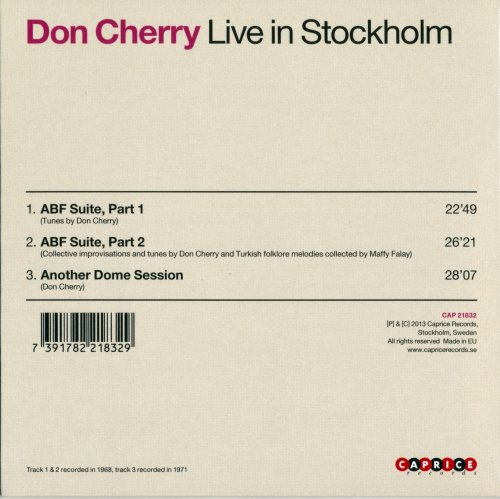
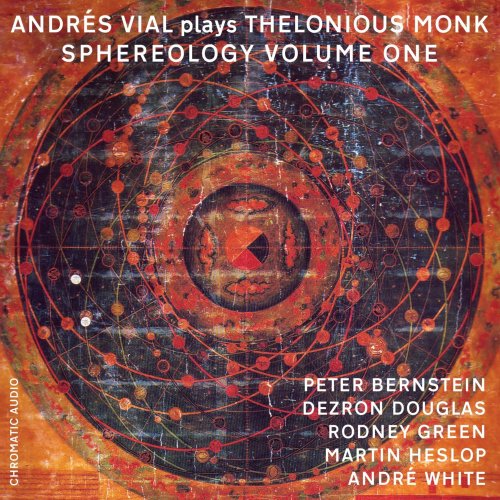
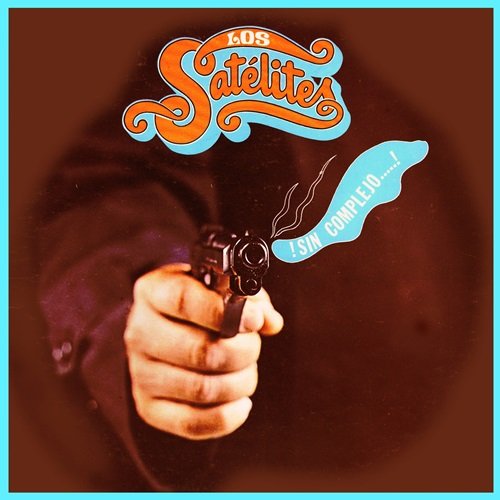
![Teho Teardo, Blixa Bargeld - Christian & Mauro (2024) [Hi-Res] Teho Teardo, Blixa Bargeld - Christian & Mauro (2024) [Hi-Res]](https://img.israbox.com/img/2025-12/21/bjlcx9vjtvjfc16apdpl5r09h.jpg)
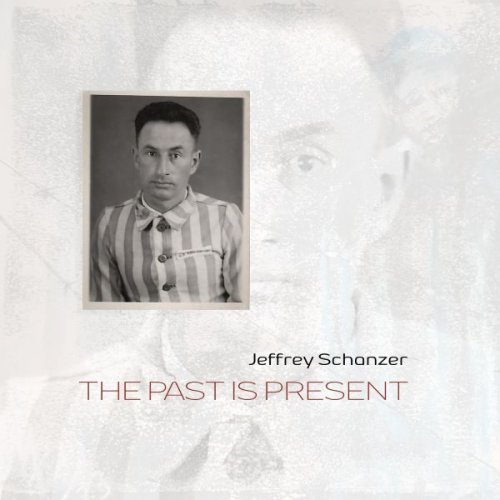
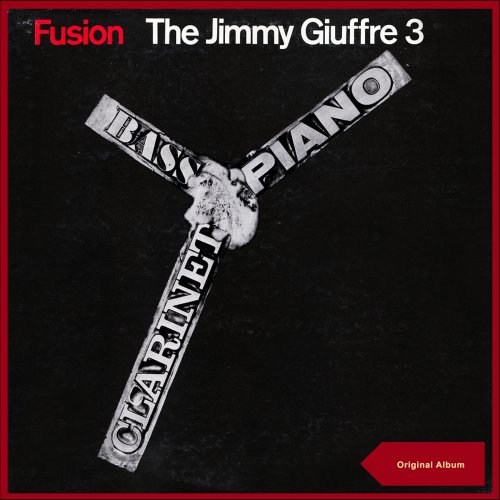

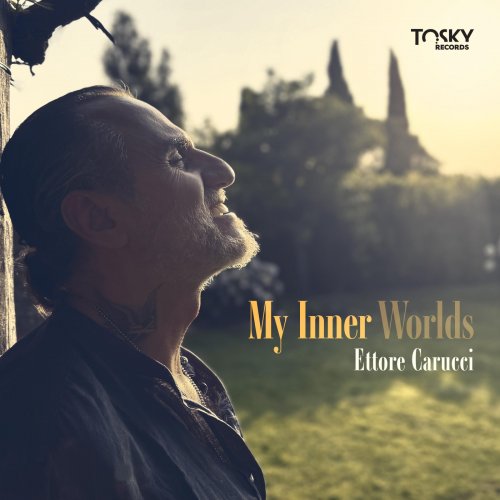
![Enrico Zanisi - Blend Pages (2025) [Hi-Res] Enrico Zanisi - Blend Pages (2025) [Hi-Res]](https://www.dibpic.com/uploads/posts/2022-12/1670308427_enrico-zanisi-blend-pages-2018.jpg)
![Steinar Raknes Quartet - Live in Tokyo (2013) [Hi-Res] Steinar Raknes Quartet - Live in Tokyo (2013) [Hi-Res]](https://www.dibpic.com/uploads/posts/2025-12/1766420385_steinar-raknes-quartet-live-in-tokyo-2013.jpg)